Can immersing yourself in art directly help generate ideas?

Creative director's Jo Chappel and Will Holloway will be exploring the different ways ideas are created.
These will range from the classic to the cutting edge, and this intrepid pair will be sharing their findings with Creative Moment readers.
Follow their journey as they explore various methods to work out what's fact and what is fad when it comes to the art of ideation.
In the first of our experiments in creativity, we took inspiration from the work of legendary creative George Lois.
He was constantly looking for inspiration in the world around him to keep his thinking fresh, every week taking a stroll around New York’s Metropolitan Museum of Art absorbing and being inspired by the exhibits.
In his book Damn Good Advice (For People With Talent!) he explains: “you must continuously feed the inner beast that sparks and inspires. I contend the DNA of talent is stored within the great museums of the world. Museums are custodians of epiphanies, and these epiphanies enter the central nervous system and the deep recesses of the mind.”
Lois’ belief in the power of art was influenced by Louis Dorfsman, design chief at CBS in the 1960s who said: “In reality, creativity is the ability to reach inside yourself and drag forth from your very soul an idea”.
Inspired by Lois' work, we went in search for our own
art-inspired epiphany using art as a stimulus for ideation, specifically
London’s hottest new art installation Dream Machine, an immersive sound
and light installation in Woolwich.
Who inspires the inspired?
Dream Machine draws on the work of artist Brion Gysin who concocted devices using flickering lights to create vivid illusions, kaleidoscopic patterns, and explosions of colour in the mind of the viewer.
The work is described as a ‘seated, multisensory experience with 360-degree spatial sound’ and, uniquely for the art world, the work was designed to be experienced with your eyes closed.
The marketing blurb promised that we ‘might see patterns and shapes, cities and landscapes, or abstract waves of shifting colours. It might feel like a rollercoaster ride, a journey through time and space, or you might even drift into sleep.’
What’s not to like about that?
The information we were sent pre-event also reassured us that anything we saw during the experience was just a creation of the mind and not real. Reassuring right?
So we duly rocked up to Woolwich Public Market on a weekday morning to await our turn in the ‘High Sensory’ version (i.e., the most intense version) of the Dream Machine experience. After a session of briefings and explanations of what we were about to see we were led into a circular room with in-built seating around the outside and a large white light in the middle.
We then joined in with some breathing exercises (you don’t get that at a Hockney exhibition!), the lights were turned off, we shut our eyes and the experience began.
So, what was it like?
A 40-minute combination of soothing ambient music combined with a cacophony of patterns and shapes being constructed by the brain on the canvas of the back of your own eyelids.
Like looking through a kaleidoscope of your own mind’s construction caused by the sequencing of strobing, flashing lights, and rising and falling pitch of the music.
At points it felt like we were within a computer game – a block within a game of Tetris or in Tetsuya Mizuguchi’s ultra-trippy game Rez.
As the session went on the volume of the music increased as did the intensity of the strobing lights – for some people this might have been too much but in the context of the experience, it induced a trance-like, almost meditative state.
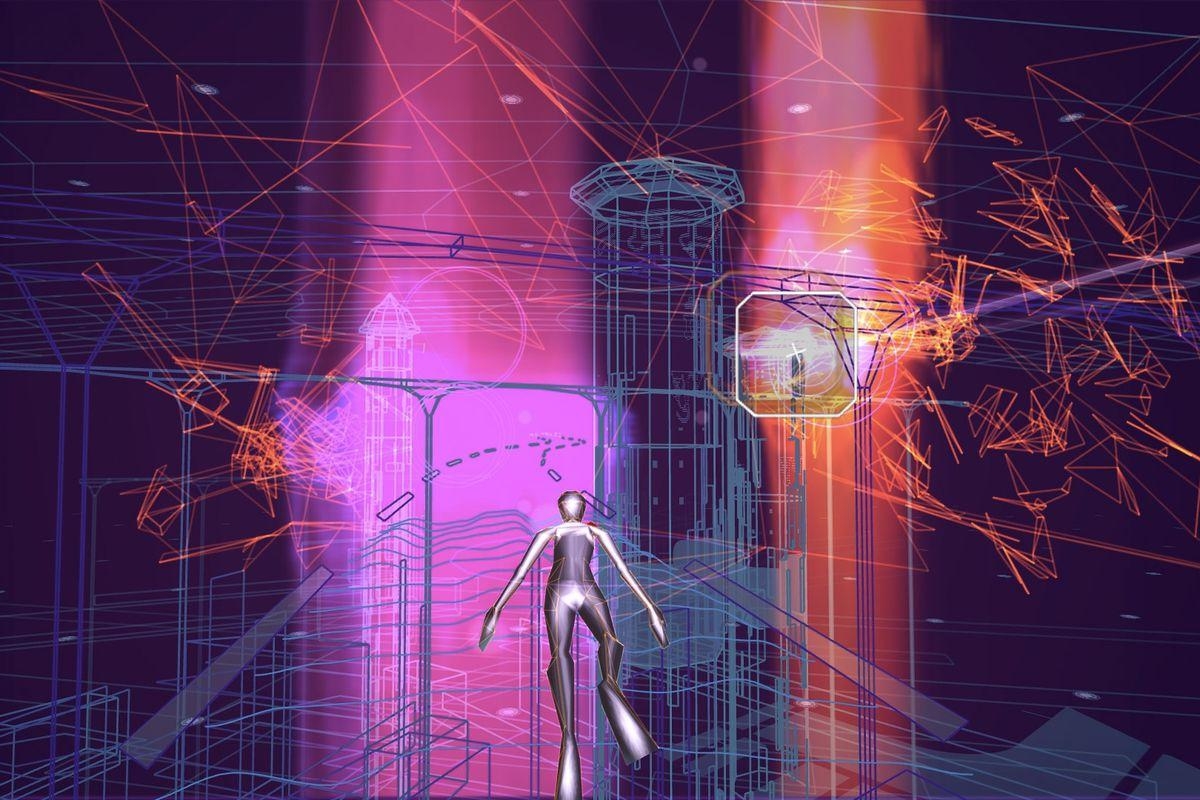
Creative freshness
10/10 The experience was incredible, and we stepped out into the sunshine afterwards filled with a new perspective on creativity and life/the world in general. The closest thing I can compare it to is that feeling of inner peace you get after a massage, but for your inner self rather than your brain.
Volume of ideas generated
7/10 Sat on the Elizabeth Line on the way back from Woolwich after the experience, I tried to capitalise on the burst of creativity that art had unleashed to tackle the client brief I was working on.
Thoughts flowed but not necessarily concrete concepts.
Quality of ideas generated
6/10 The results were similar to some of more divergent creative session tools we’ve used in the past, tapping into the remoter parts of the brain. The result was a series of abstract concepts and statements rather than definitive ideas.
Easiness to recreate
9/10 Everyone has a gallery nearby to pop into for a dose of creative stimulation and so from that perspective this method scores high. The intensity of the Dream Machine experience is something that might be harder to replicate although it is currently touring around the country (so I’d recommend booking a ticket if you can!).
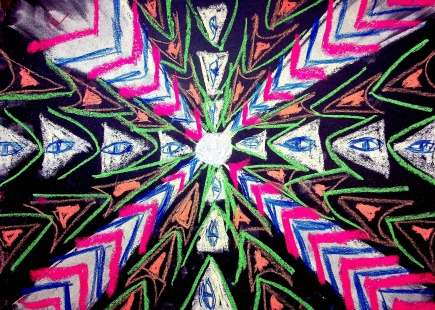
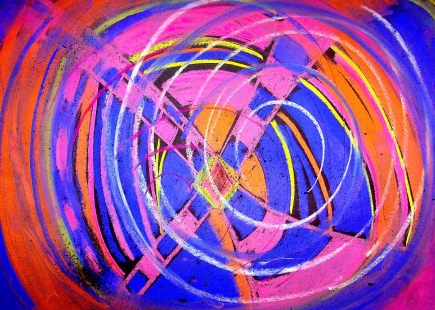 Drawings from participants at Dream Machine
Drawings from participants at Dream Machine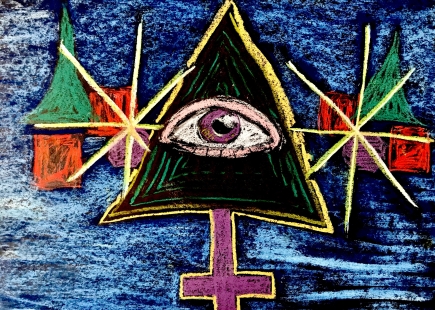
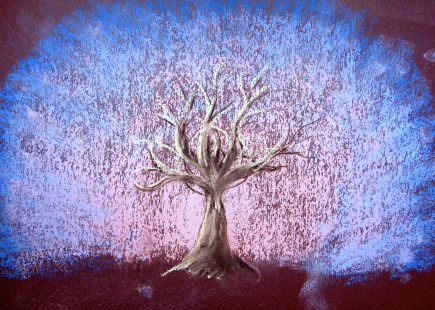
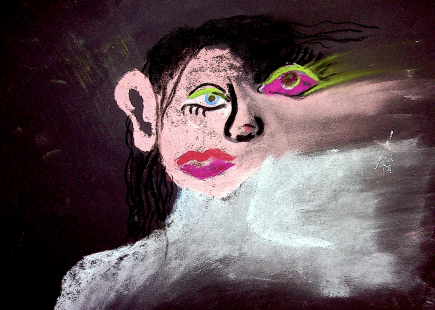
In summary
Coming back to our starting point, Lois’ point was that art had the power to drive epiphanies and stimulate creative thought and Dream Machine was the perfect example this in action.
We went searching for a stimulus to drive epiphanies and new ways of framing thoughts and, in this case, the use of experiential art definitely helped.
The feeling of being able to see things from a different perspective or to deconstruct your surroundings would be useful to any creative, however perhaps most useful to designers or art directors who can make more immediate use of visual inspiration.
Although we’ve given arbitrary scores above, part of the power of art as a creative stimulus isn’t its ability to provide instant gratification to the eyes and brain, it’s the fact that good art sticks within the brain waiting to potentially inspire and aid creation in the future when you need it the most.
If you enjoyed this article, you can subscribe for free to our weekly email alert and receive a regular curation of the best creative campaigns by creatives themselves.
Published on:


